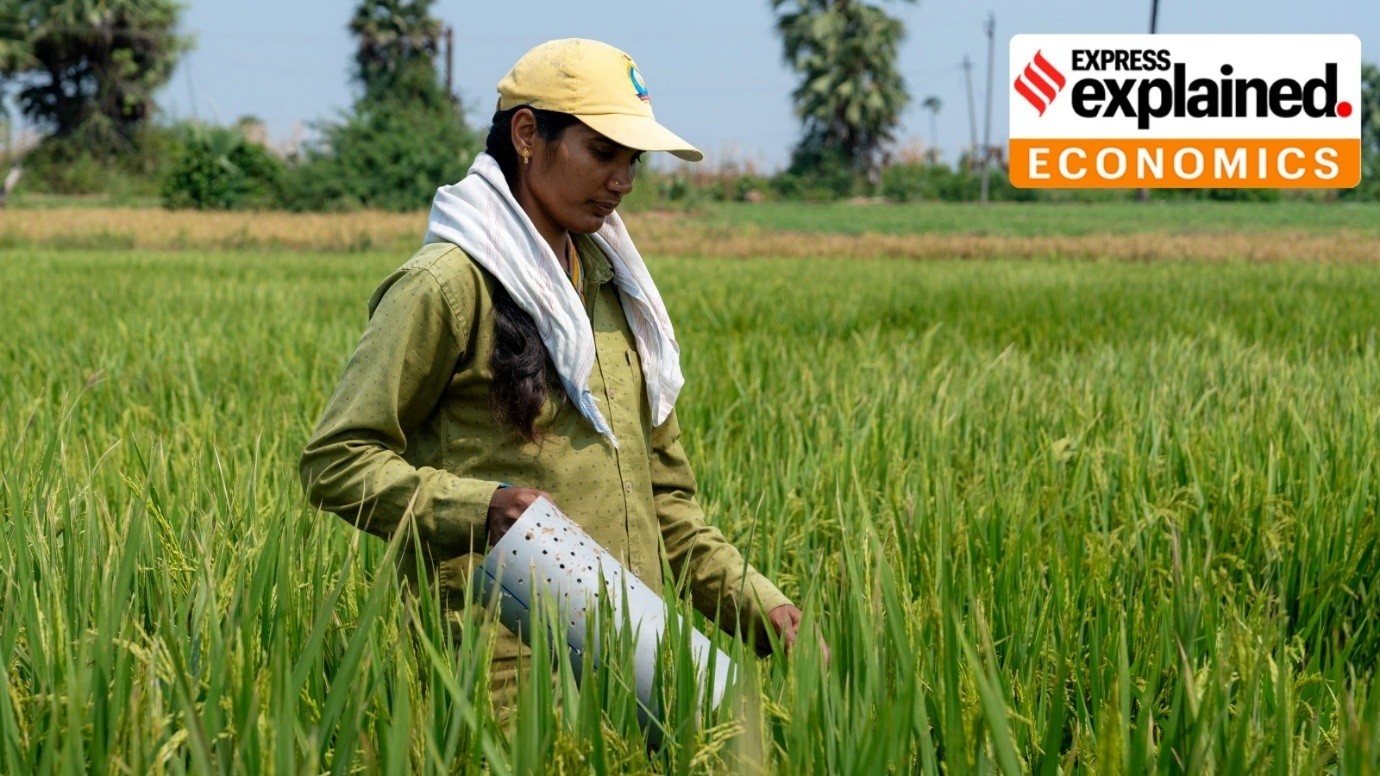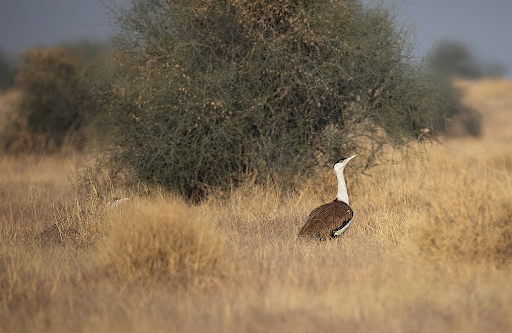




Source: DOWNTOEARTH
Disclaimer: Copyright infringement not intended.
The World Organisation for Animal Health released its first-ever State of the World’s Animal Health Report.
It flags an alarming rise in infectious animal diseases spreading to new regions and species with 47% of them being zoonotic i.e. capable of jumping to humans.
Zoonotic Threat
Nearly half of all animal diseases reported (2005–2023) had zoonotic potential.
Examples include avian influenza, African Swine Fever and PPR which are now affecting new host species and regions.
Major Outbreaks in 2024–2025
|
Disease |
New Spread / Incursion |
Impact |
|
African Swine Fever (ASF) |
Jumped 1,800+ km to Sri Lanka |
6,807 outbreaks in 16 countries; 222,174 pig deaths |
|
Avian Influenza (HPAI) |
Affected mammals in 55 countries |
1,022 mammalian outbreaks in 2024 (double from 2023) |
|
Peste des Petits Ruminants |
Re-emerged in Europe e.g., Hungary, Greece |
Spread to previously disease-free regions |
|
Foot and Mouth Disease |
First case in Germany since 1988; new serotypes in Iraq & S. Africa |
216 outbreaks in 18 countries |
|
Lumpy Skin Disease |
Spread to North Africa and Japan |
319 outbreaks |
|
New World Screwworm |
Detected in Mexico for first time; major outbreaks in Nicaragua |
8,363 total outbreaks |
Climate Change
Alters habitat and vector distribution e.g., midges in Bluetongue virus.
Warmer temperatures and extreme weather enhance disease transmission.
Global Trade and Travel
Livestock and animal product trade increases pathogen mobility.
ASF’s leap to Sri Lanka is attributed to possible trade and human-assisted transmission.
Wildlife-Livestock-Human Interface
Expansion of urban areas and agriculture into wildlife habitats increases spillover risk.
Wild animals e.g., wild boars serve as reservoir hosts.
On Public Health
Increased risk of zoonotic disease outbreaks.
Greater chances of cross-species mutation potentially triggering the next pandemic.
On Food Security & Livelihoods
Disease outbreaks devastate livestock-dependent communities.
ASF and HPAI reduce supply of pork and poultry spiking prices and affecting nutrition.
On Biodiversity and Ecosystems
Wildlife outbreaks cause cascading effects across food chains and ecosystems.
Mass culling disrupts ecological balance.
Vaccination and Control Measures
France successfully curtailed avian flu outbreaks in 2023 using mass duck vaccination.
Yet access to animal vaccines is unequal especially in developing nations.
Biosecurity and Surveillance
Improved hygiene and quarantine measures recommended.
Weak infrastructure in many regions leads to late detection and poor response.
Research and Coordination Gaps
Need for real-time genomic surveillance, especially in wildlife.
Coordination between animal health, human health and environmental sectors remains weak.
Strengthen One Health Approach
Integrate human, animal and environmental health systems.
Boost coordination between WOAH, WHO, FAO and UNEP.
Enhance Global Surveillance Networks
Invest in early warning systems especially at wildlife-livestock interfaces.
Share genomic data and epidemiological trends across borders.
Promote Equitable Access to Vaccines
Global fund for animal health vaccines in low-income nations.
Incentivize public-private partnerships for vaccine R&D and distribution.
Regulate Global Trade More Rigorously
Enforce biosafety protocols at international borders and ports.
Standardize animal transport and quarantine measures.
Adapt to Climate-Linked Disease Risks
Disease forecasting models must integrate climate projections.
Develop vector control strategies tailored to new climatic zones.
Sources:
|
PRACTICE QUESTION Q. With the growing threat of transboundary and zoonotic animal diseases, the world is facing a silent but escalating crisis. In light of the WOAH’s 2025 report, critically examine the challenges posed by emerging animal diseases and evaluate the effectiveness of global and national responses. 250 words |






© 2026 iasgyan. All right reserved